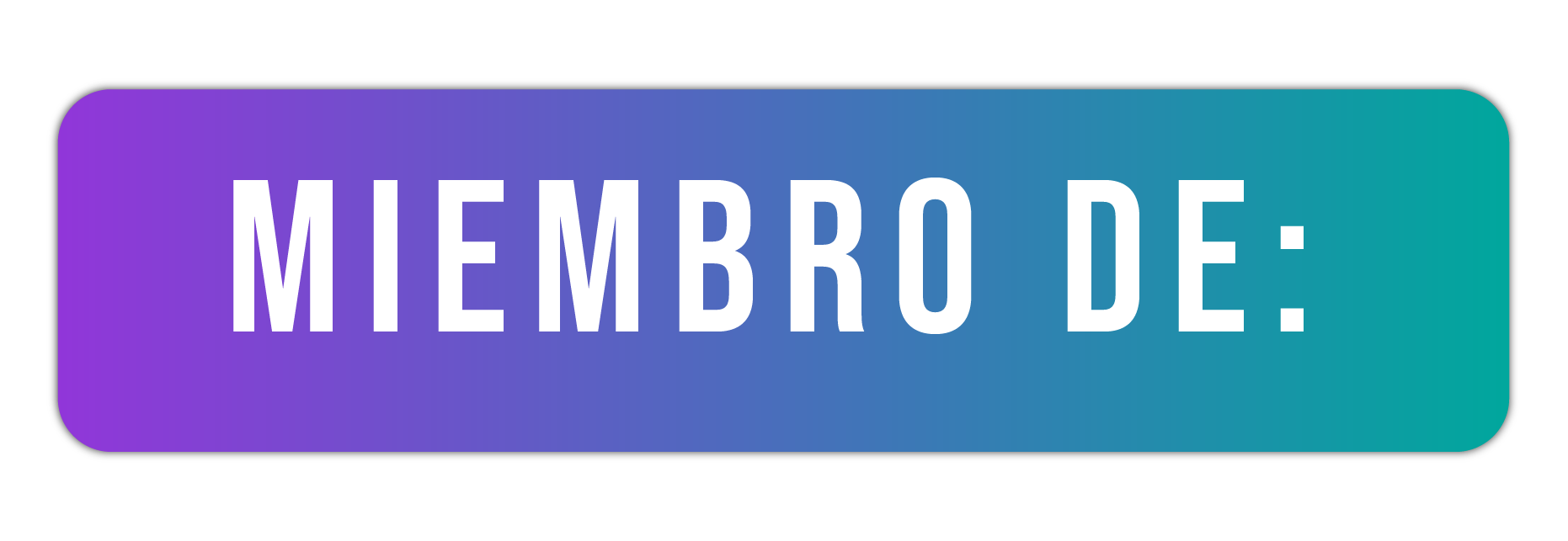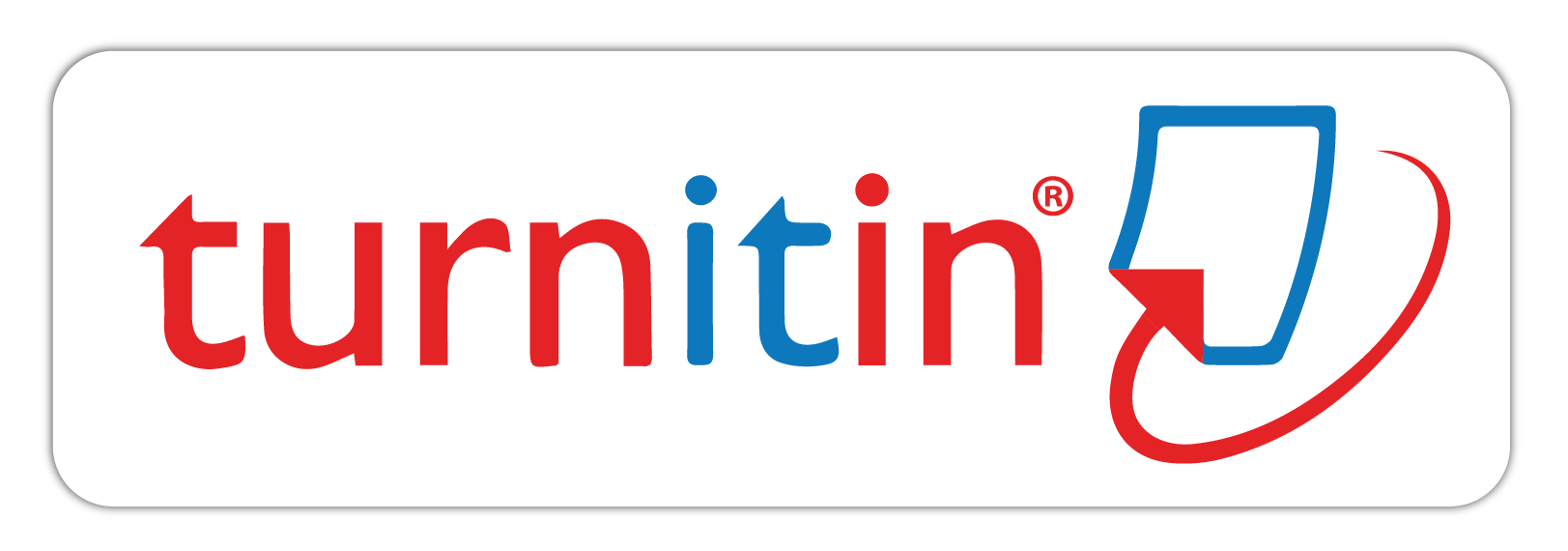Consideraciones editoriales
Guía para autores
Las publicaciones realizadas por la Editorial deberán tener el aval institucional dado por el Comité Editorial de Ediciones Universidad de Boyacá, quienes garantizan la calidad y el empleo de la imagen institucional, asimismo, deben contar con el ISBN o ISSN, la nota legal, la tabla de contenido, la bibliografía y el código de barras; además, los libros deben contemplar las siguientes pautas.
Información de los autores: breve reseña curricular de los autores, en la cual se incluya nombre completo, la filiación institucional, ORCID y correo electrónico.
Título: de ser explicativo por sí, contener máximo 12 palabras, ser innovador, concreto, pertinente y coherente con el tema.
Resumen: el proyecto editorial y los capítulos deben contener un resumen analítico que no supere las 300 palabras, en el cual se presente de manera sintética la introducción, objetivos, metodología, principales resultados y conclusiones, en inglés y español.
Palabras clave: tienen que ser mínimo cinco según el tesauro de la UNESCO o un tesauro de la disciplina, en inglés y español.
Tabla de contenido: contiene los títulos de los capítulos o puntos y subpuntos que conforman el proyecto editorial
Introducción: presenta los aspectos generales del proyecto y relacionar el trabajo con lo que ya se ha escrito sobre el tema. Brinda información del propósito, alcance, estructura e impacto del proyecto editorial.
Capítulos del proyecto editorial: desarrollo de los ejes temáticos que se constituyen en el cuerpo del libro. Estos no deben ser menores a 12 páginas.
El libro completo debe tener mínimo 85 páginas.
Referencias bibliográficas: se requiere que estas atiendan a la norma APA 7 edición, a excepción de los proyectos editoriales de ciencias de la salud que debe utilizar Vancouver.
Presentación de Texto
Papel: Tamaño carta (22 x 28 cm).
Letra: Times New Roman o Courier, tamaño 12 (puede usarse sans serif para figuras).
Márgenes: 2.5 cm en cada lado de la hoja.
Espacio: Todo el documento a 1.5 espacio.
Sangría: En cada primera línea de párrafo (se recomienda usar el TAB de la computadora).
Cursivas: Utilizar siempre que se trate de una palabra de otra lengua, título de libros, periódicos, géneros, especies, palabra o ejemplo lingüístico, palabras erróneas, símbolos estadísticos, puntuaciones de pruebas y escalas, números de volumen y rangos de una escala.
Sobre la escritura científica
Los siguientes, son aspectos de relevancia que sirven de guía en el proceso de escritura de artículos científicos. Su atención y seguimiento conducen a la optimización de los resultados finales.
Características generales
· Desarrollo completo de una temática que aparezca como unidad dentro de la obra.
· Adecuada fundamentación teórica-conceptual respecto al tema tratado, donde se observe una argumentación clara de ideas y enunciados.
· Tratamiento metodológico del tema; debe ser explícito, pertinente y claro.
· Aportes al campo intelectual y conceptual en la disciplina y reflexión personal de los investigadores.
· Pertinencia y calidad en el buen uso de las normas para la redacción de textos, citación de fuentes y referencias de la bibliografía empleada.
· Carácter inédito, con el cual, el autor o autores asumirán la responsabilidad de lo escrito y del estudio en particular. Todo producto de investigación debe pasar por el comité de ética y contar con el consentimiento informado.
Recomendaciones
· Estilo impersonal, no se utiliza primera persona. Preferible usar la voz activa.
· Claridad: que se pueda leer y comprender rápidamente. Vocabulario claro.
· Precisión: lenguaje inequívoco, libre de ambigüedades, que comunique sin rodeos.
· Concreción: utilizar el menor número de palabras sin sacrificar la claridad.
· Objetividad: lenguaje libre de valoraciones subjetivas. Evitar incurrir en elementos de prosa literaria.
· Controlar sintaxis (estructura de las oraciones y orden de las palabras), ortografía, puntuación, lógica y coherencia del discurso.
Indicaciones de presentación
· En el cuerpo del texto es recomendable no emplear subrayados ni negritas, en el caso de que se requiera enfatizar una palabra, se usan las bastardillas.
· Los nombres comerciales y marcas deben evitarse, salvo que se les requiera en explicaciones metodológicas.
· Los nombres que tengan siglas se indican completos la primera vez que se citen, seguidos de la sigla entre paréntesis, escrita sin punto. Si es necesario mencionarlos de nuevo, se presenta la sigla.
· Es conveniente expresar las unidades comunes de medida en sus respectivas abreviaturas: kilogramo (kg), gramo (g), miligramo (mg), metro (m), etc
Citación de fuentes
Citas
Las citas son una reproducción al pie de la letra del trabajo de otro autor, o de otro trabajo del propio autor, previamente publicado. Es importante otorgar crédito a los autores para no incurrir en plagio. Al citar, siempre se debe referenciar en el texto, la fuente de donde fue tomada la cita, para ello se indica autor (primer apellido solamente, con mayúscula inicial), año y página específica de la cita. Ej de cita directa:
Por otra parte, en la misma investigación se establece que “Con respecto a las puntuaciones en la expresión oral, el hecho de que los estudiantes con discapacidad visual obtengan valores más bajos puede obedecer a que estos estudiantes cuenten con un abanico de destrezas discursivas mucho más limitado” (Santana, 2003, p. 18).
Al final del texto, en la lista de referencias, estos datos aparecen completos y organizados en orden alfabético.
Cita parafraseada
Este tipo de cita hace referencia a una idea que se encuentra contenida en otro trabajo, pero se escribe con otras palabras. Esto se llama paráfrasis le permite resumir la información.
Las paráfrasis no se expresan entre comillas ni en un bloque aparte. La fuente de cita incluye el autor y la fecha Ej.:
Según Sánchez (1991), el cemento es uno de los materiales más populares en la construcción actual.
Cita textual
Se considera que una cita es textual cuando el material o texto es literalmente copiado como lo escribió otro autor.
Cuando se cita textualmente un fragmento de más de 40 palabras, el bloque se presenta sin entrecomillado, comenzando en otra línea y con sangría de aproximadamente 1,27 cm. Si hay párrafos adicionales dentro de las citas, el inicio de cada línea debe llevar una sangría de 1,27cm. Todas las citas deberán ir al mismo espacio. Ej.:
Con referencia al cultivo de la lengua:
La creación de un lenguaje interior del que emerge la literatura, la consolidación de una estructura mental, el cultivo del pensamiento abstracto que es esencialmente lenguaje, la lucha por recrear continuamente en torno a los principios de verdad, justicia, libertad, belleza, generosidad, todo eso marca el camino del progreso y de convivencia. Y esto es, a su vez, cultivo y cultura de las palabras, revisión del inmenso legado escrito, que no es otra cosa que pensar con lo pensado (Lledo, 1994, p. 11).
Cuando una cita textual no excede a 40 palabras se incluye en la misma línea, señalándola entre comillas. Ej.:
La discusión en torno a tales procesos de aprendizaje se ha mantenido, remitiéndose al concepto de cultura escrita. “Con el concepto de cultura escrita, uno se refiere a todo el conjunto de investigaciones interdisciplinarias que toman la escritura, sus efectos, sus causas en el individuo, en la sociedad, en el aprendizaje, en todas las dimensiones” (Cassany, 2000, p. 1). Por lo tanto, su estudio debe involucrar dichas dimensiones.
Citas con más de dos autores
A partir de tres autores se debe abreviar utilizando la palabra et al, desde la primera vez, así:
Suponiendo que los autores sean: Sánchez, Ferreira, Hermosillo, Minyang y Velling.
Sánchez et al. (2018)
Proceso de revisión por pares
Las publicaciones se revisan inicialmente por el editor de la Universidad de Boyacá, para verificar el cumplimiento con los elementos formales que se solicitan en las instrucciones a los autores. Si no cumple con los criterios, el documento no continúa el proceso de elección y se envía al autor con las indicaciones necesarias para que se ajusten.
Después del cumplimiento de los requisitos formales, el documento es enviado a dos revisores externos expertos en el tema, para su evaluación. Este proceso se realiza de forma anónima y confidencial, en el sistema doble ciego, es decir, las partes no conocen las identidades del autor ni del revisor respectivamente y el editor es el encargado de la correspondencia entre ellos.
El revisor emite el siguiente concepto:
a) Publicar sin observaciones
b) Publicable con observaciones
c) No publicable
Si el revisor emite el concepto de publicable con observaciones, el editor remite al autor las observaciones para los ajustes pertinentes, explicando los cambios efectuados producto de las recomendaciones y pasa a nueva revisión por el par. Si el concepto es positivo por parte de un revisor y negativo por otro, se envía a un tercer evaluador, teniendo como base los conceptos de los evaluadores, el Comité Editorial define si se publicará o no. En cualquiera de los casos se envía una carta al autor con los conceptos de los evaluadores.
El proceso de evaluación tendrá un tiempo estimado entre un mínimo de un mes a máximo seis meses.
Formato de evaluación
Link formato de evaluación libro de investigación.
Link formato de evaluación libro académico.
Herramienta antiplagio
Ediciones Universidad de Boyacá, cuenta con un servicio de prevención de plagio con el software Turnitin, en el cual se observará el porcentaje de similitud de los proyectos editoriales con el fin de analizar la originalidad del texto, para no incurrir en plagio.
De acuerdo con lo expuesto la editorial informa que los proyectos editoriales que superen el 20% de similitud, no serán considerados para iniciar el proceso editorial y serán devueltos al autor. Esto garantiza la calidad y originalidad de los libros y evita las malas prácticas de duplicidad, autoplagio y plagio por parte de los autores, ya que permite el rechazo y la no publicación de los proyectos editoriales.
Licencia de uso
Ediciones Universidad de Boyacá, maneja la licencia de uso para la publicación de los proyectos editoriales de acceso abierto https://creativecommons.org/licenses/by-nc/4.0/









